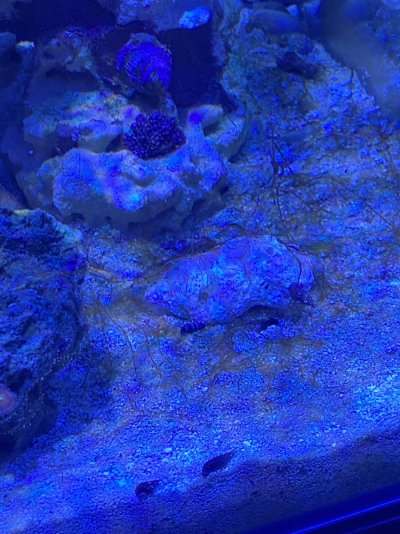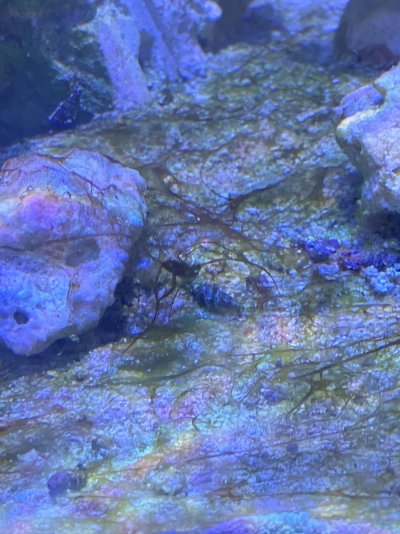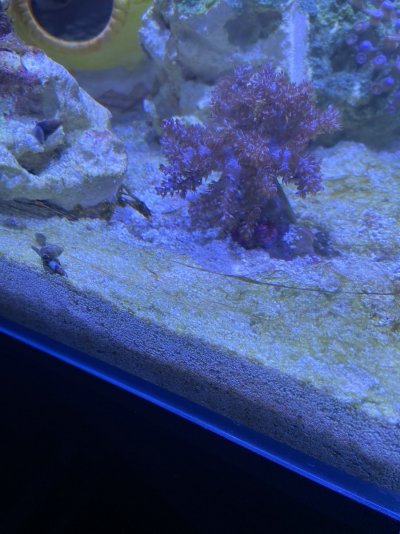Hey all
So I was having issues with cyano for a while now and decided to take care of it with chemi clean. Now I’m cyano free but now I have this ! Any idea on what it is ?
So I was having issues with cyano for a while now and decided to take care of it with chemi clean. Now I’m cyano free but now I have this ! Any idea on what it is ?






















